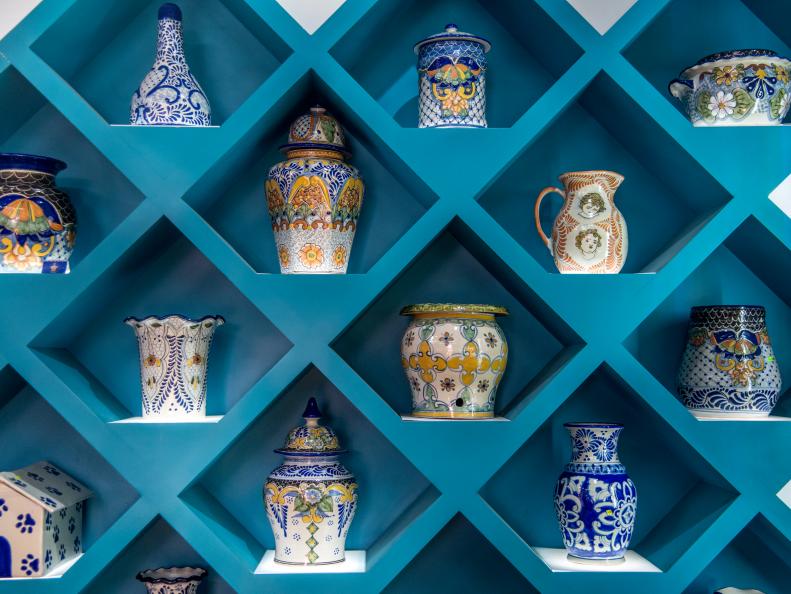1 / 14
Talavera Pottery: Old World Meets New World
Colorful and highly detailed, talavera pottery has been bringing a touch of Mexico to interior and exterior spaces alike for centuries. With its intricate, hand-painted designs set against a bright, white background, talavera pieces are a fusion of Italian, Spanish, Chinese and Mexican indigenous influences.








